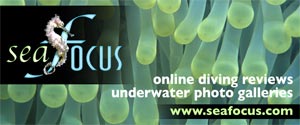- Home
- Directory
- Shop
- Underwater Cameras - Photographic Accessories
- Smartphone Housings
- Sea Scooters
- Hookah Dive Systems
- Underwater Metal Detectors
- Dive Gear
- Dive Accessories
- Diving DVD & Blu-Ray Discs
- Diving Books
- Underwater Drones
- Drones
- Subscriptions - Magazines
- Protective Cases
- Corrective Lenses
- Dive Wear
- Underwater Membership
- Assistive Technology - NDIS
- On Sale
- Underwater Gift Cards
- Underwater Art
- Power Stations
- Underwater Bargain Bin
- Brands
- 10bar
- AOI
- AquaTech
- AxisGo
- Backscatter Underwater Video and Photo
- BLU3
- Cayago
- Chasing
- Cinebags
- Digipower
- DJI
- Dyron
- Edge Smart Drive
- Eneloop
- Energizer
- Exotech Innovations
- Fantasea
- Fotocore
- Garmin
- Geneinno
- GoPro
- Hagul
- Hydro Sapiens
- Hydrotac
- Ikelite
- Indigo Industries
- Inon
- Insta360
- Intova
- Isotta Housings
- Jobe
- JOBY
- Kraken Sports
- LEFEET
- Mirage Dive
- Nautica Seascooters
- Nautilus Lifeline
- NautiSmart
- Nitecore
- Nokta Makro
- Oceanic
- Olympus
- OM System
- Orca Torch
- Paralenz
- PowerDive
- QYSEA
- Scubajet
- Scubalamp
- Sea & Sea
- SeaDoo Seascooter
- SeaLife
- Seavu
- Shark Shield
- Sherwood Scuba
- Spare Air
- StickTite
- Sublue
- Suunto
- SwellPro
- T-HOUSING
- Tusa
- U.N Photographics
- Venture Heat
- XTAR
- Yamaha Seascooter
- Youcan Robot
Seahorses released into Sydney Harbour
The Sydney Aquarium has released 30 seahorses bred in captivity into Sydney Harbour as part of an Australian-first study to try to boost their numbers, but it is concerned poachers may intervene.
The tiny black animals were carefully transported from a tank into the netted area at Manly Cove, in northern Sydney, this morning.
The five-centimetre-long white's seahorses have been tagged and will be closely monitored by the New South Wales Department of Primary Industries (DPI) and a team of divers.
There is already a colony of about 300 of the animals, only known to exist in NSW waters, near the sea net at Manly Cove but some have been poached from there in the past.
It is hoped the research will lead to the release of captive-bred seahorses along the NSW coast and in areas overseas where seahorse populations are in danger of disappearing.
Claudette Rechtorik, from the Sydney Aquarium Conservation Fund, says the animals should not be too hard to keep track of, even though they are small.
"Each of these 30 babies have been tagged," she said. "The tag actually expands as they grow so we'll be able to watch for these tagged animals in amongst these wild populations."
Poaching fear
Seahorses are protected in NSW but there is a market for seahorses both within the aquaria trade and also within alternative therapies, where they are used for various medicinal purposes.
The animals are vulnerable to poaching and can fetch up to $120 each on the black market.
Ms Rechtorik also says seahorses are in decline because they live in vulnerable habitats.
"Sea grasses are quite sensitive to pollution, so our sewage outfalls and nutrient enrichment of the local waters have quite an impact on sea grass," she said.
"Without sea grass, without habitat, the seahorses don't actually have anywhere to live."
'Clinging onto trolleys'
But she says man-made structures, like the sea net, often provide good environments for seahorses.
"You will find little seahorses clinging onto trolleys at the bottom of Sydney Harbour," she said.
"As much as you'd like to be able to remove these bits of human remnants of trash out, you have to be quite careful because sometimes it is actually quite a rich home for many different creatures, including the seahorse."
The researchers, led by DPI marine scientist David Harasti, will come back in three days to check how the seahorses are faring.
Photos and a video clip of the release at the ABC website:
http://www.abc.net.au/news/stories/2007/11/13/2089359.htm
![]() Contributed by Tim Hochgrebe added 2007-11-13
Contributed by Tim Hochgrebe added 2007-11-13
![]() Login or become a member to join in with this discussion.
Login or become a member to join in with this discussion.

 Wakatobi Dive Resort
Wakatobi Dive Resort
Wakatobi Dive Resort has some of the most pristine reefs in Indonesia at its doorstep. Protected by their Collaborative Reef Conservation Program, Wakatobi is the #1 choice for sophisticated divers.
Shopfront
-
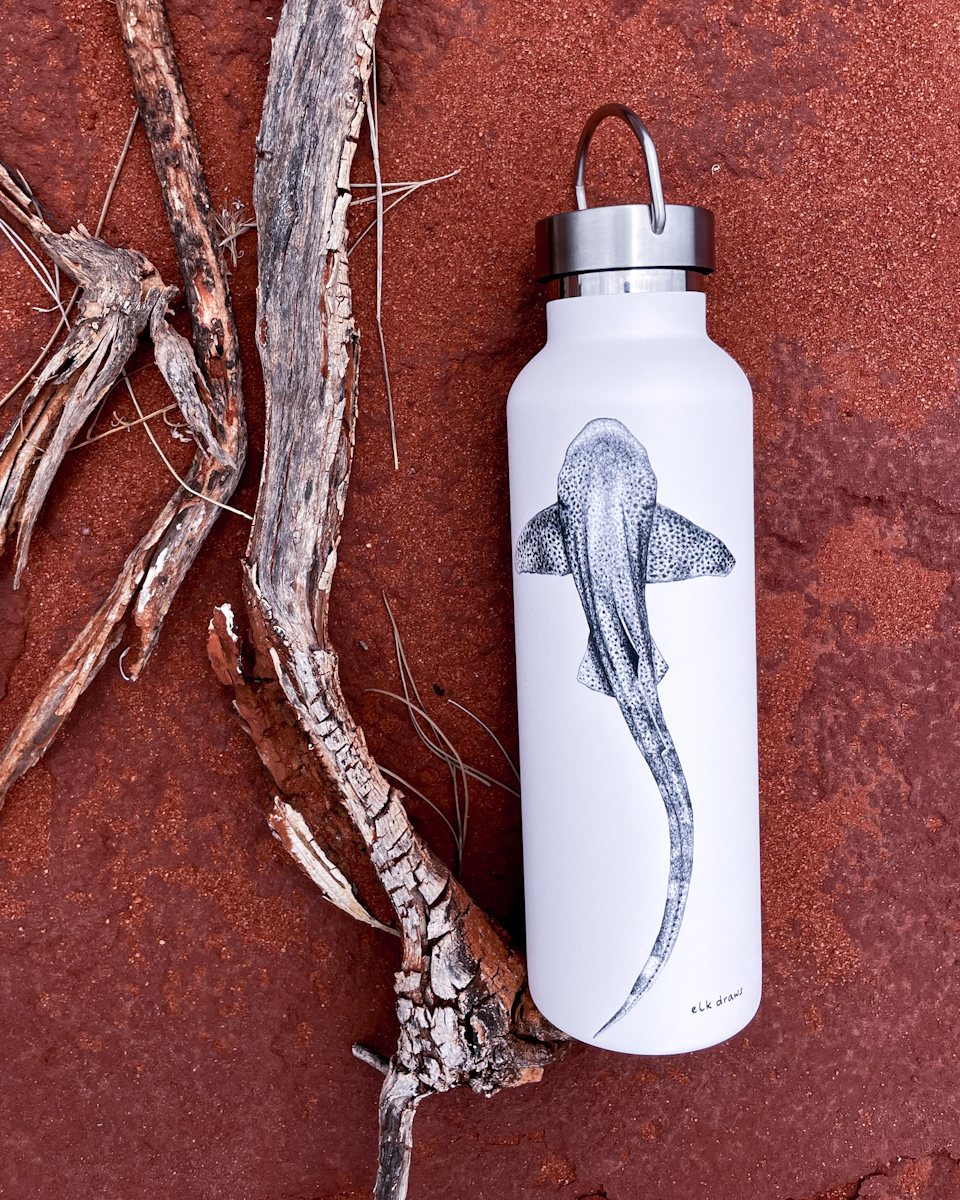 Underwater X Elk Draws Stainless Steel Insulated Water Bottle for Mental Health - Leopard Shark
Underwater X Elk Draws Stainless Steel Insulated Water Bottle for Mental Health - Leopard Shark
- Price A$ 39.95
-
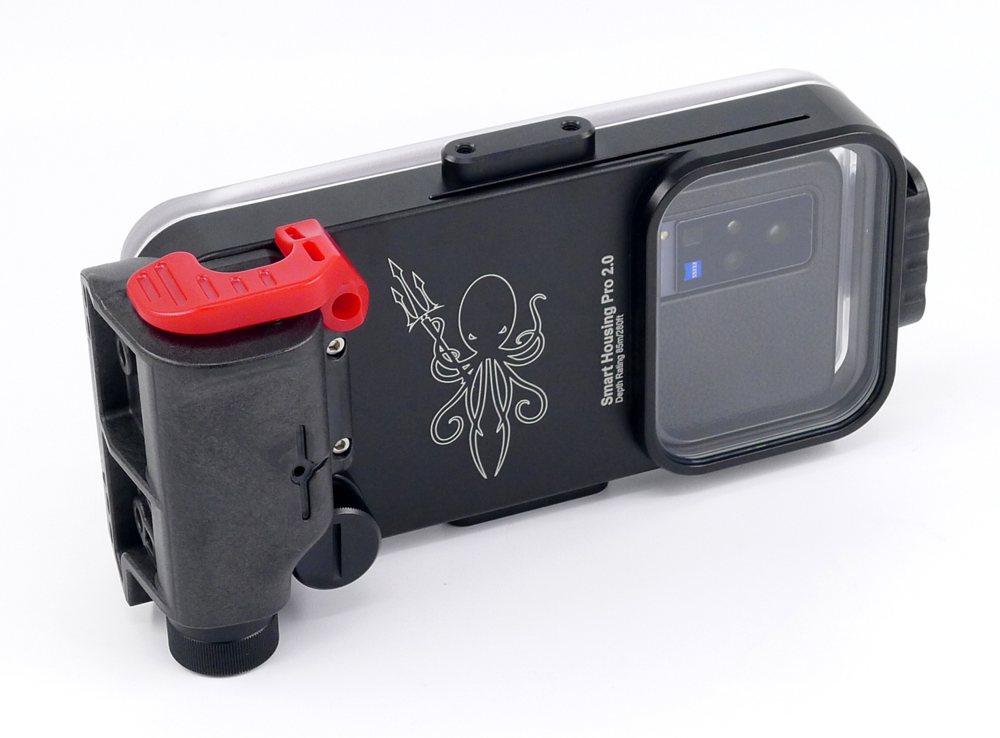 Kraken Sports - Universal Smart Phone Housing 2.0 Pro KRH07
Kraken Sports - Universal Smart Phone Housing 2.0 Pro KRH07
- Price A$ 799.00
-
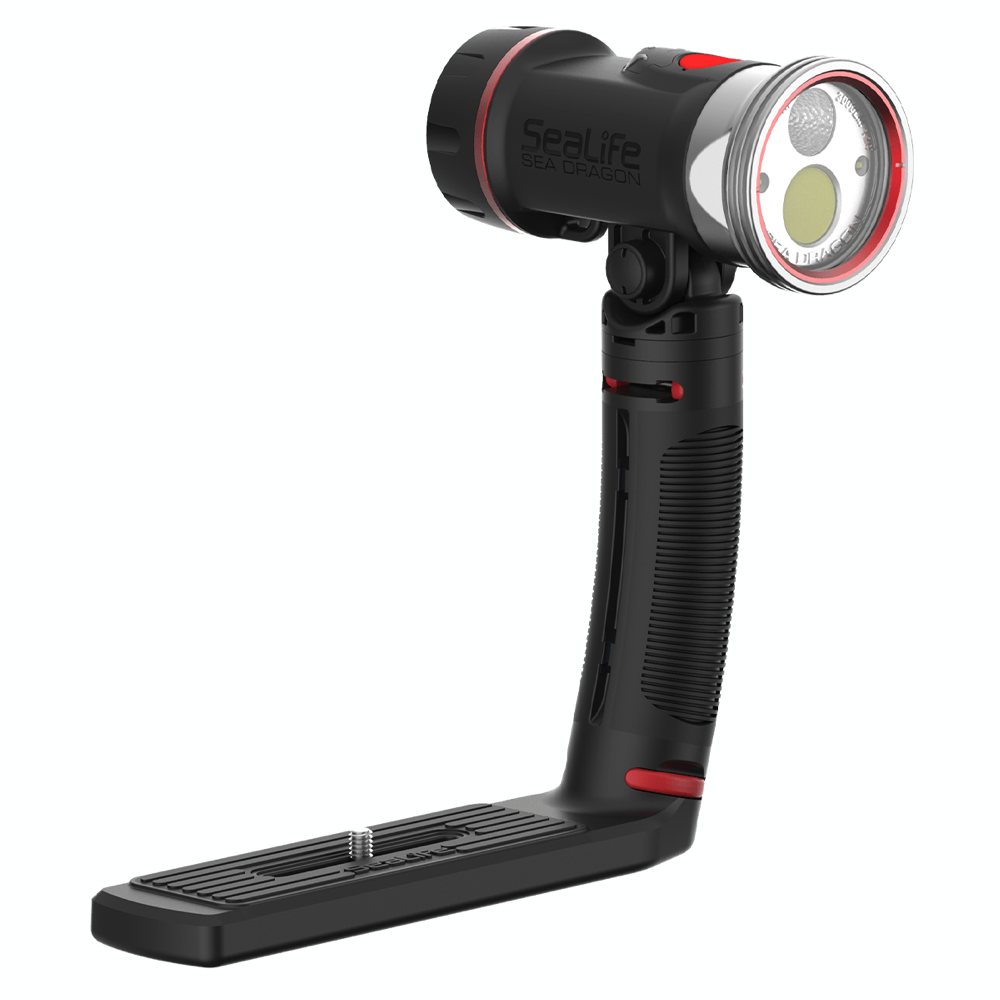 SeaLife Sea Dragon 3000SF Pro Dual Beam Photo-Video light
SeaLife Sea Dragon 3000SF Pro Dual Beam Photo-Video light
- Price A$ 949.00
-
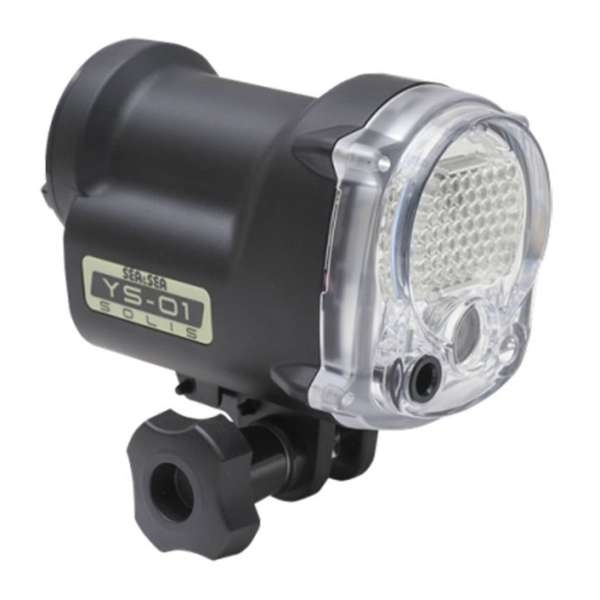 Sea & Sea YS-01 SOLIS Strobe head
Sea & Sea YS-01 SOLIS Strobe head
- Price A$ 739.00
-
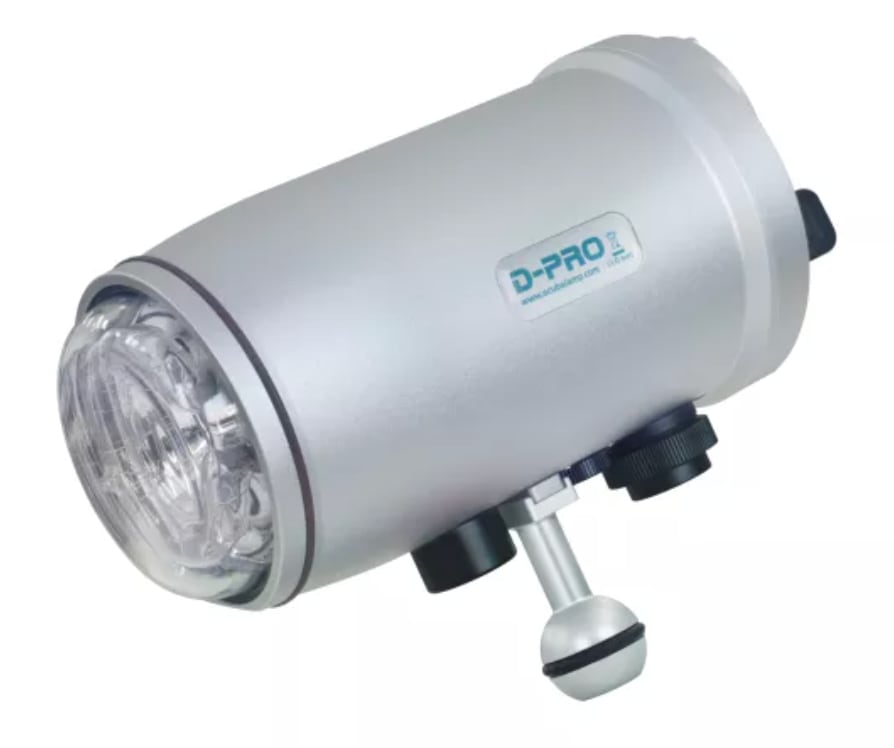 Scubalamp D-Pro Underwater Strobe
Scubalamp D-Pro Underwater Strobe
- Price A$ 1,199.00
-
 Suunto Ocean - Dive Computer and Sports Watch
Suunto Ocean - Dive Computer and Sports Watch
- Price A$ 1,349.00
-
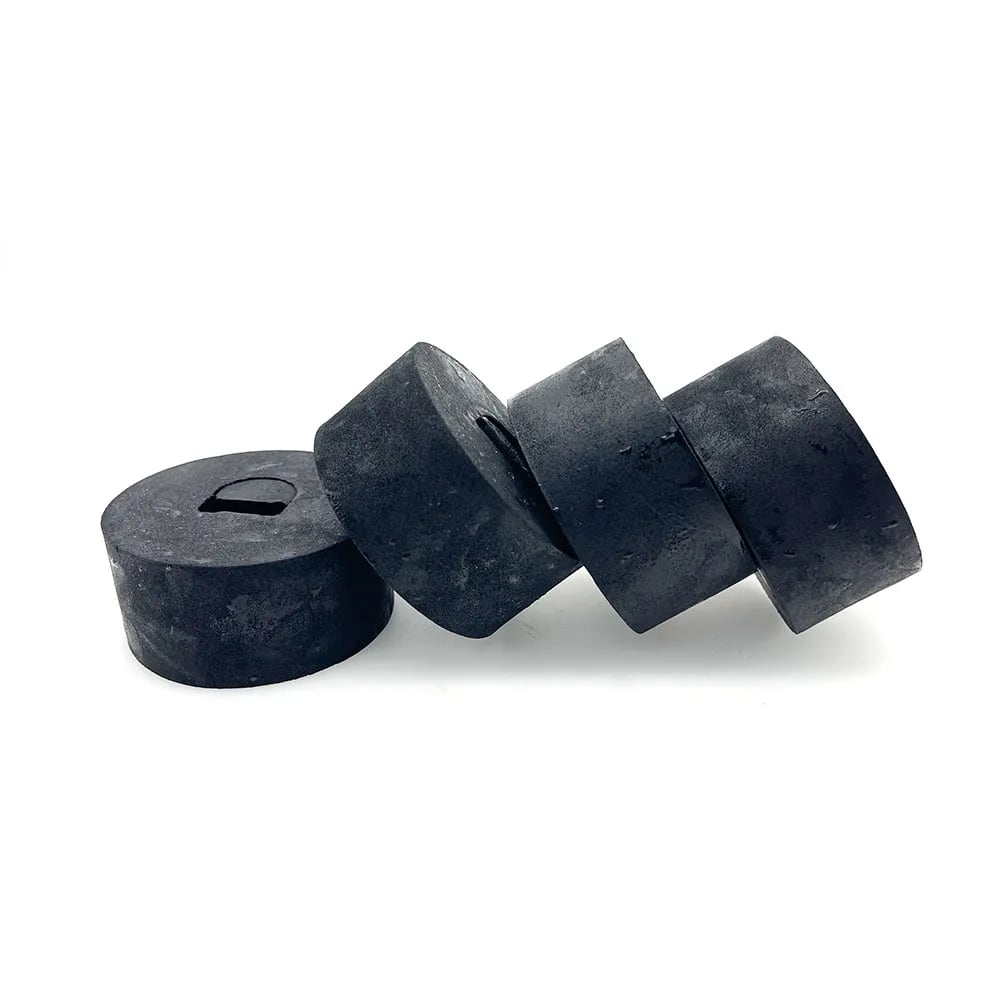 Nitescuba Float Block FAXS/FAXM
Nitescuba Float Block FAXS/FAXM
- Price A$ 59.95
-
 Sublue Vapor - Pump-Jet Underwater Scooter
Sublue Vapor - Pump-Jet Underwater Scooter
- Price A$ 4,999.00
Articles
-
 Diving Lembeh Strait - Indonesia
Diving Lembeh Strait - Indonesia
by mikeB
- I met up with my long time friend and dive buddy Kevin Lee in Singapore. We were excitedly chatting about the next couple of weeks that lay ahead. ....






